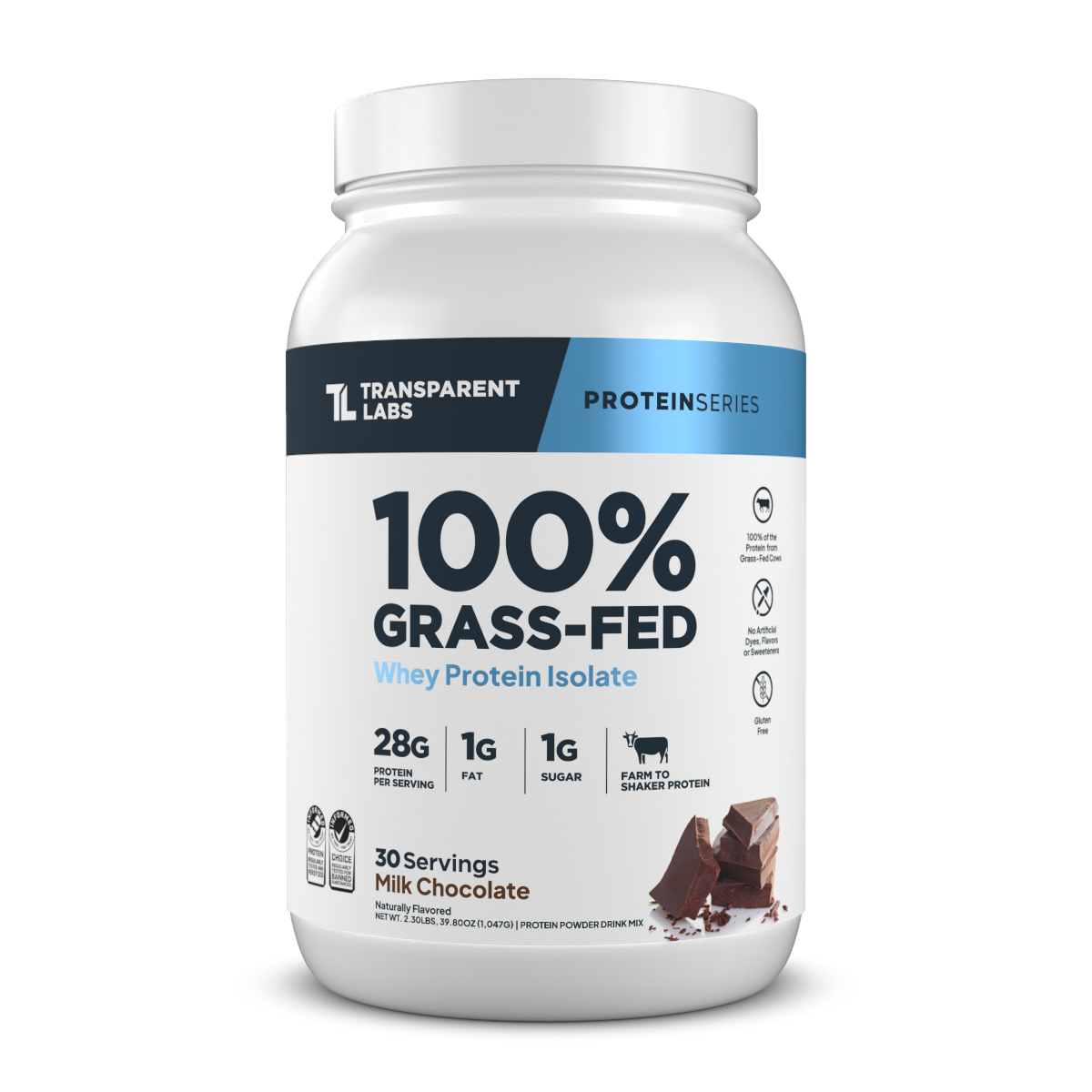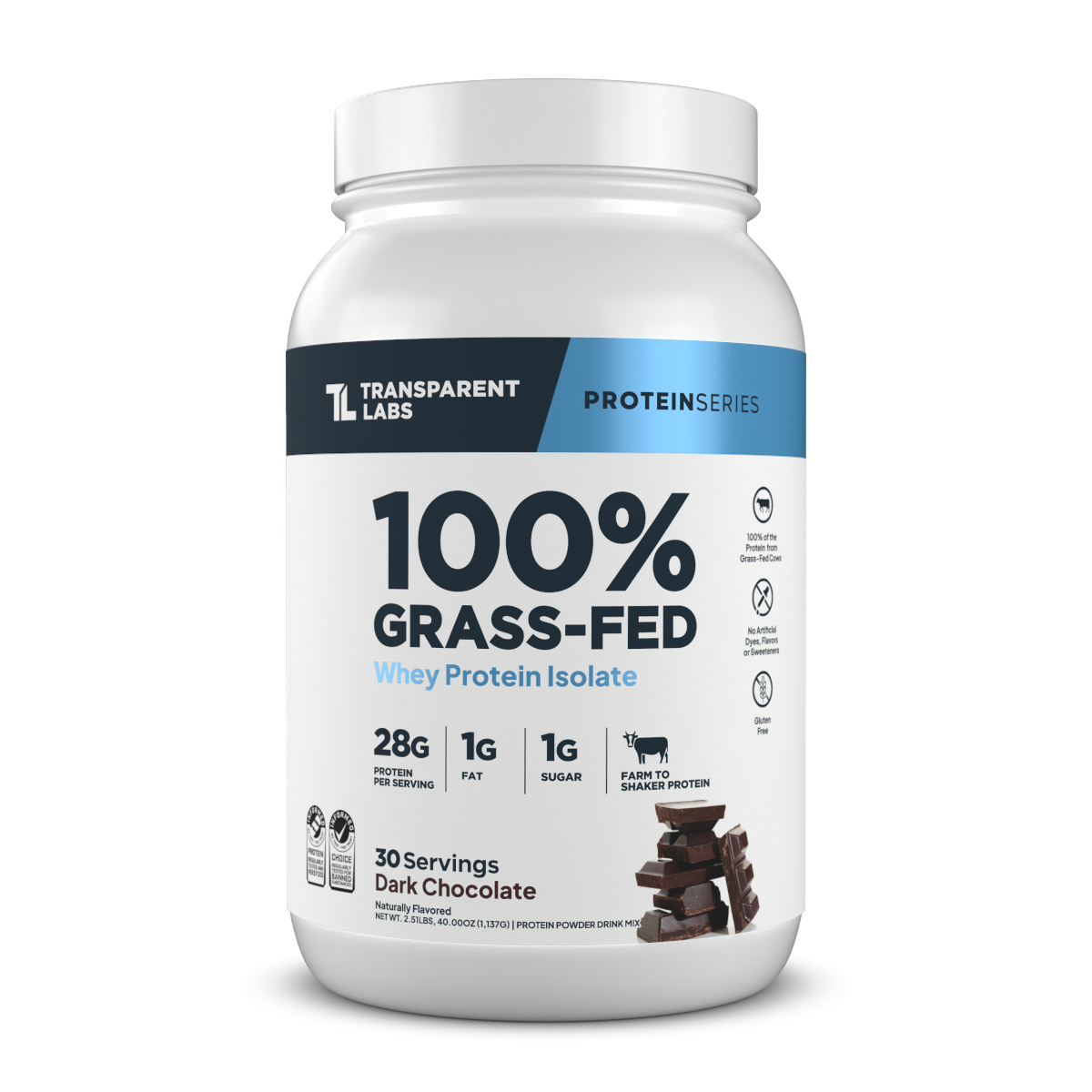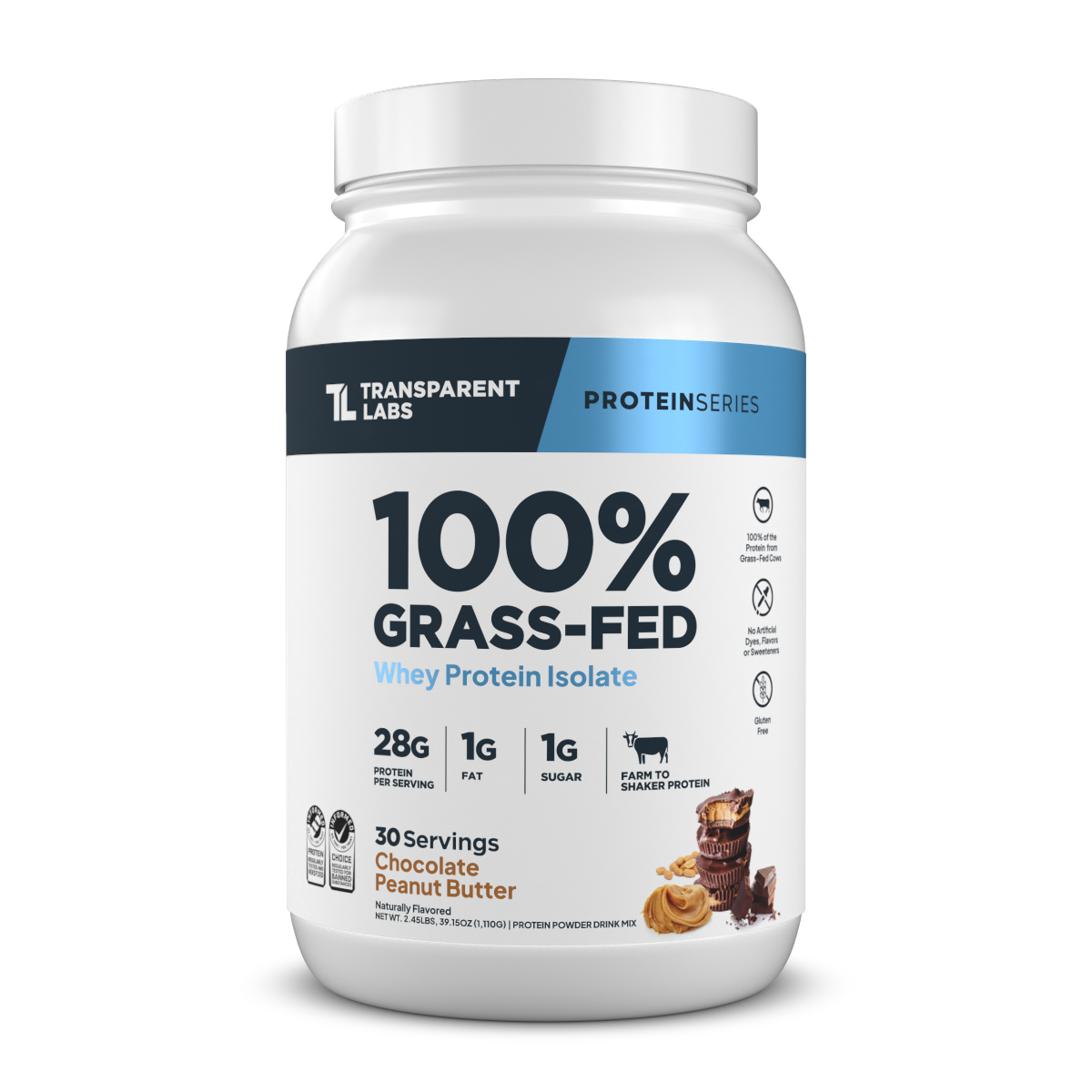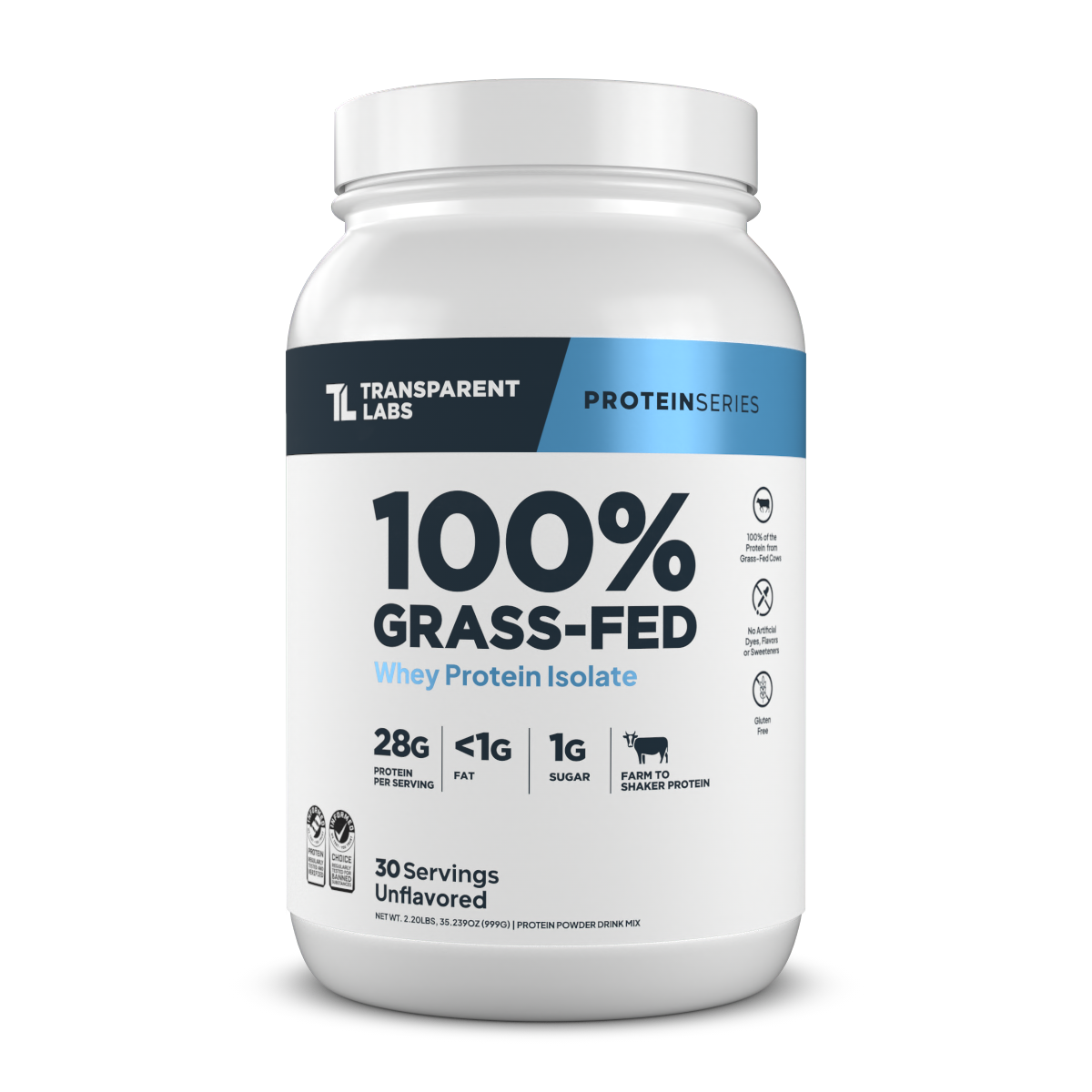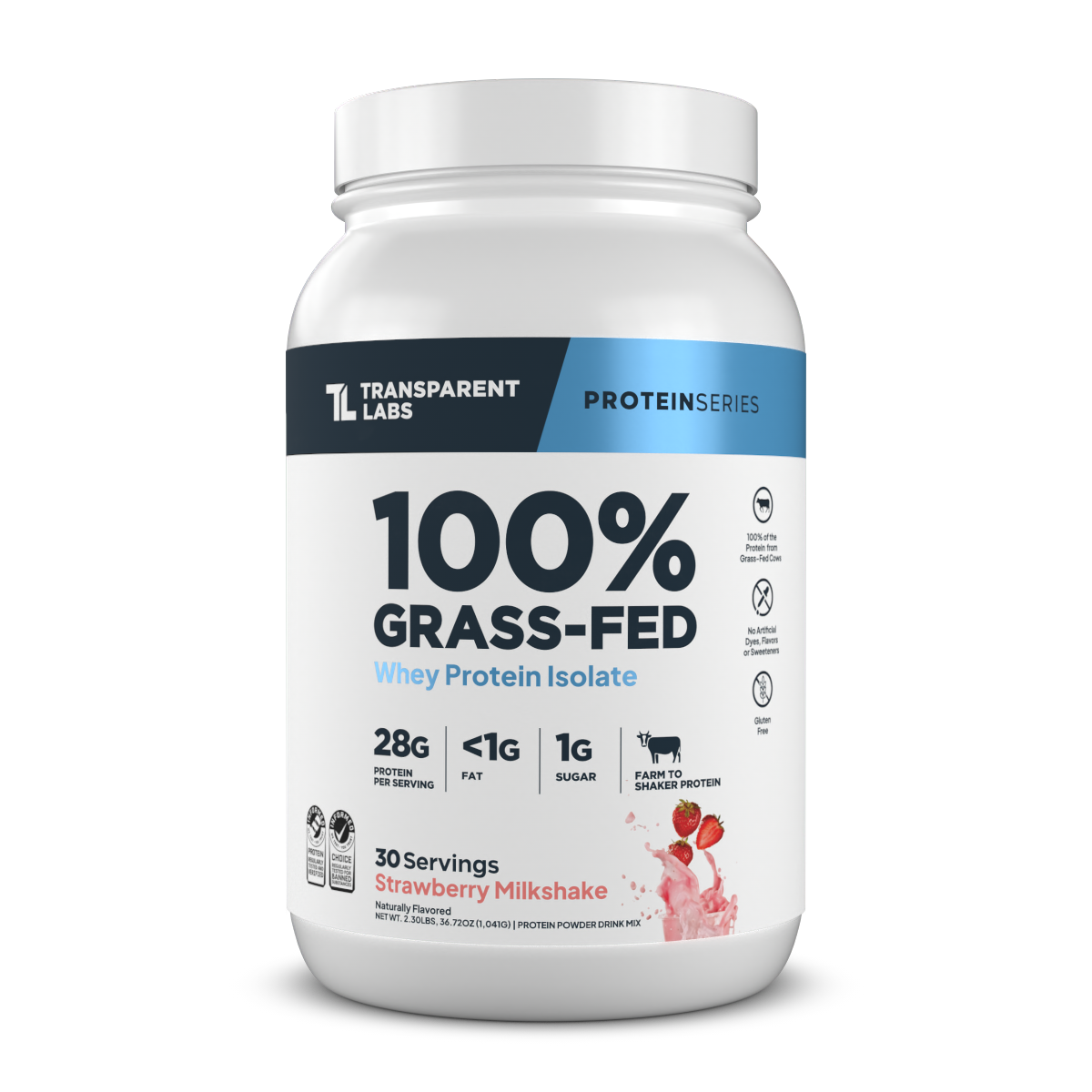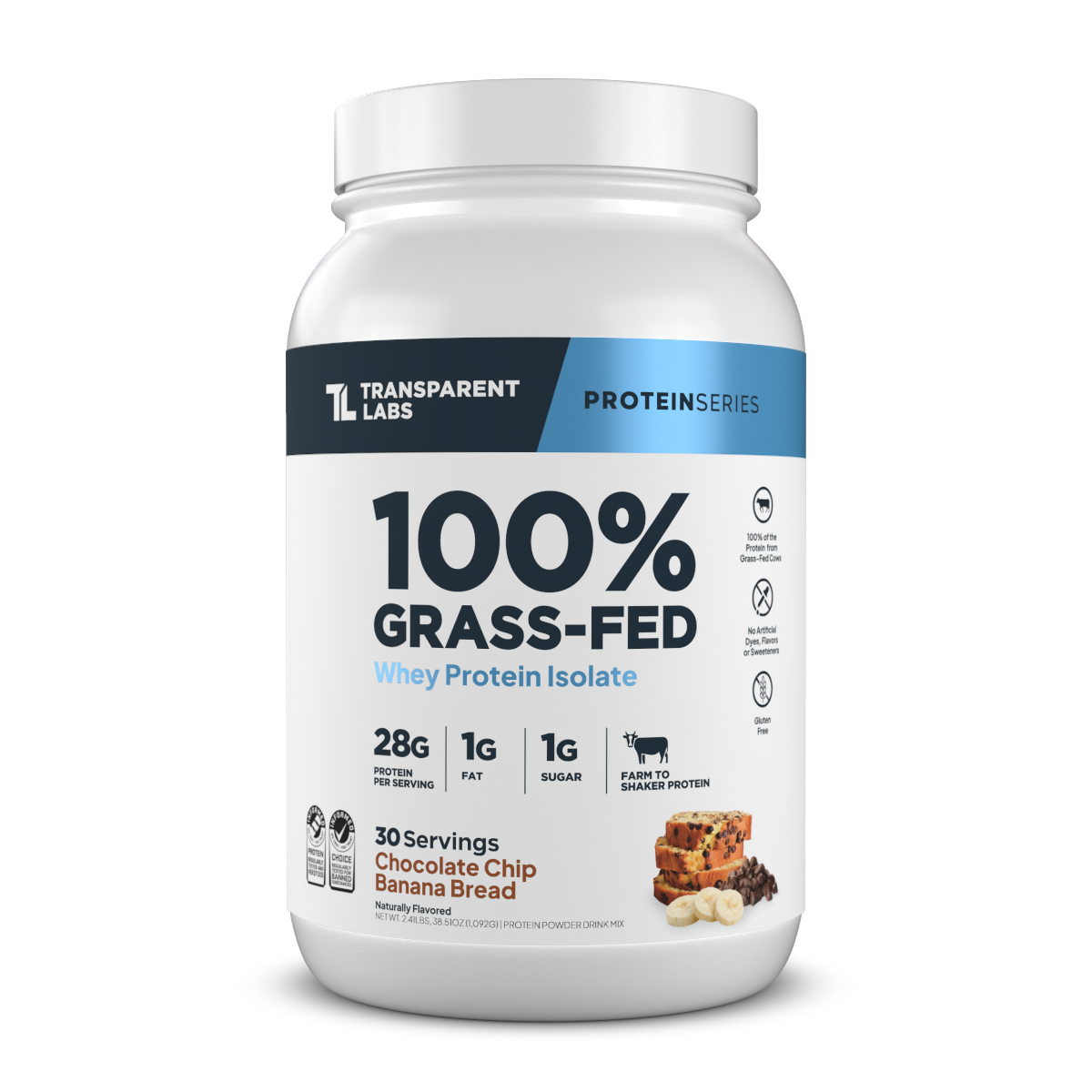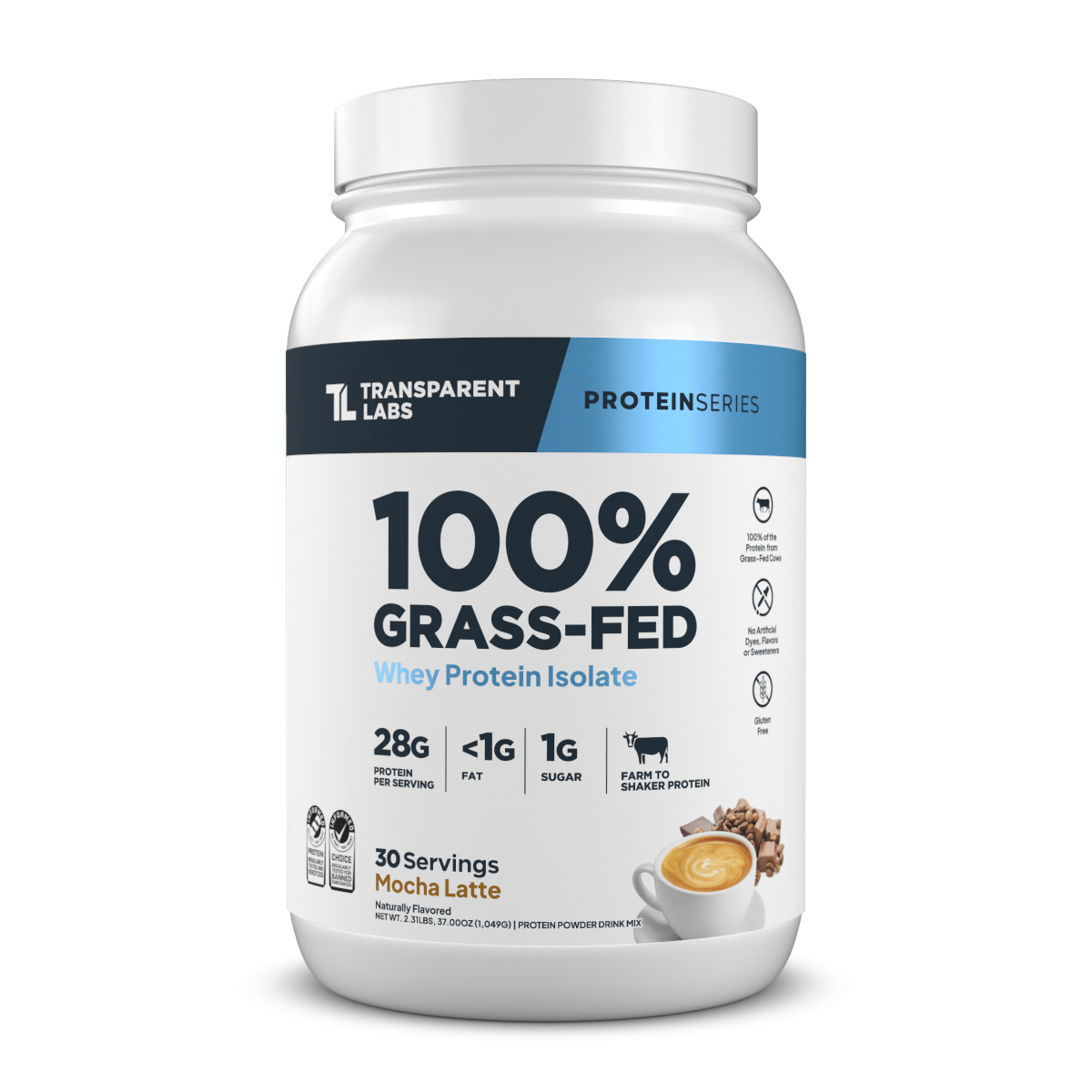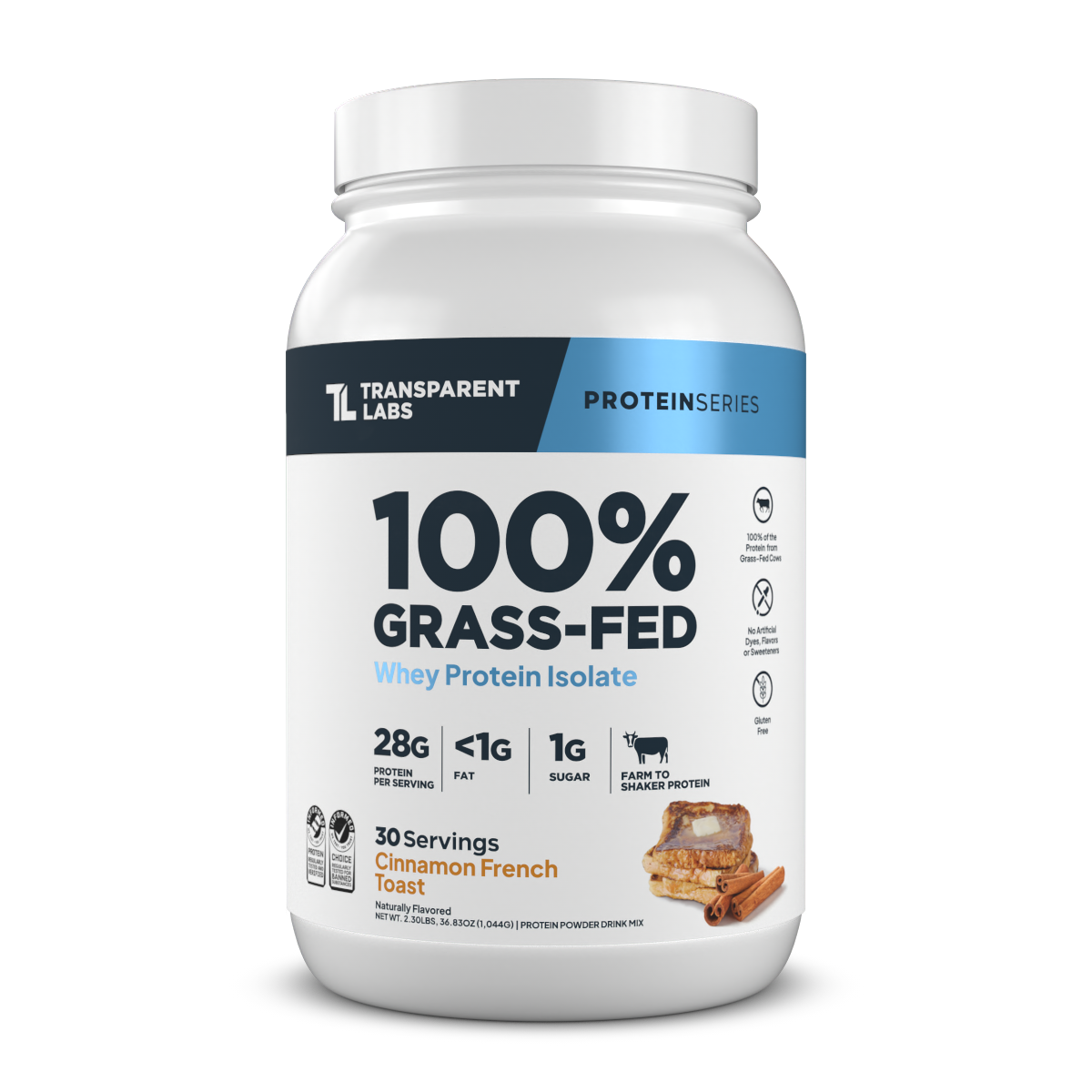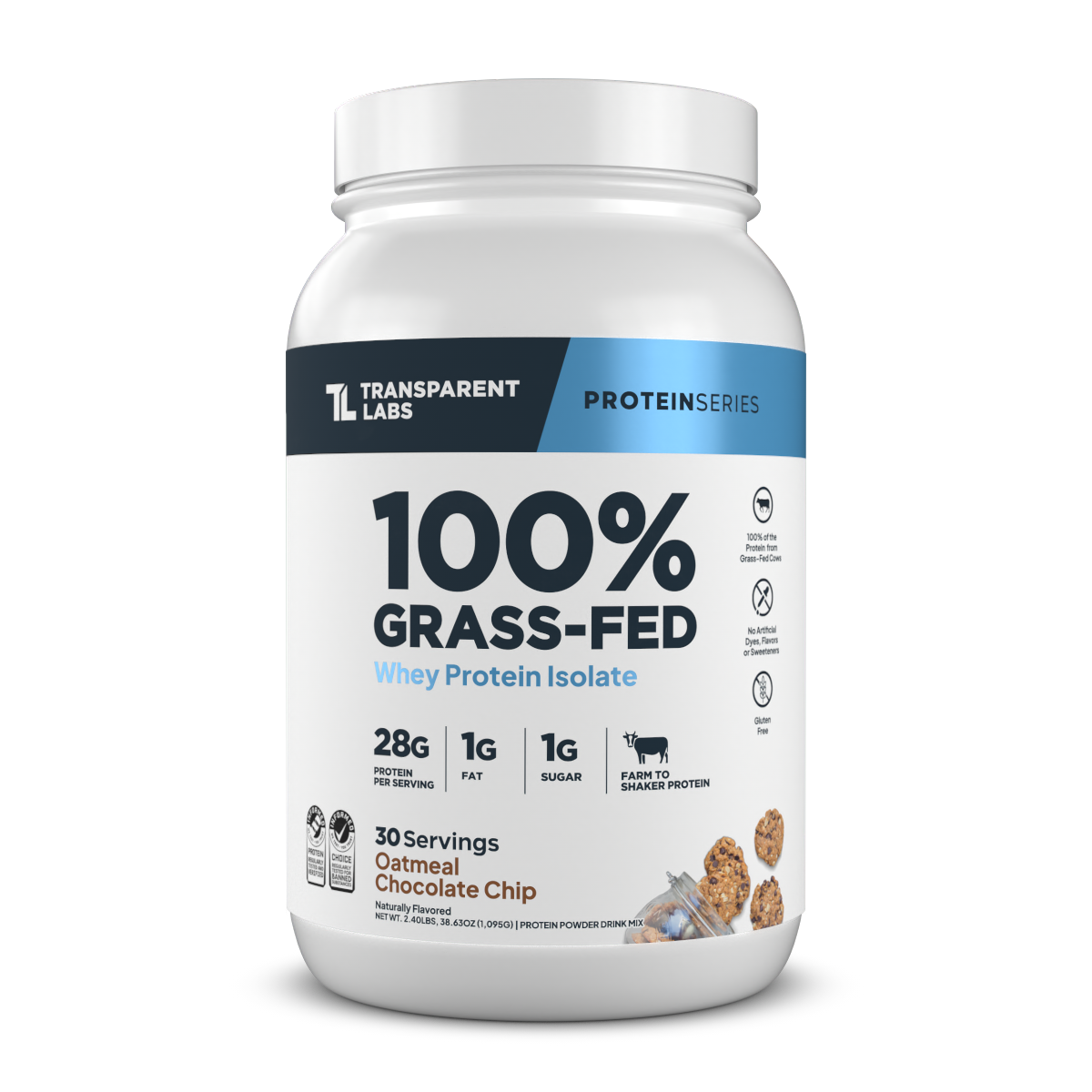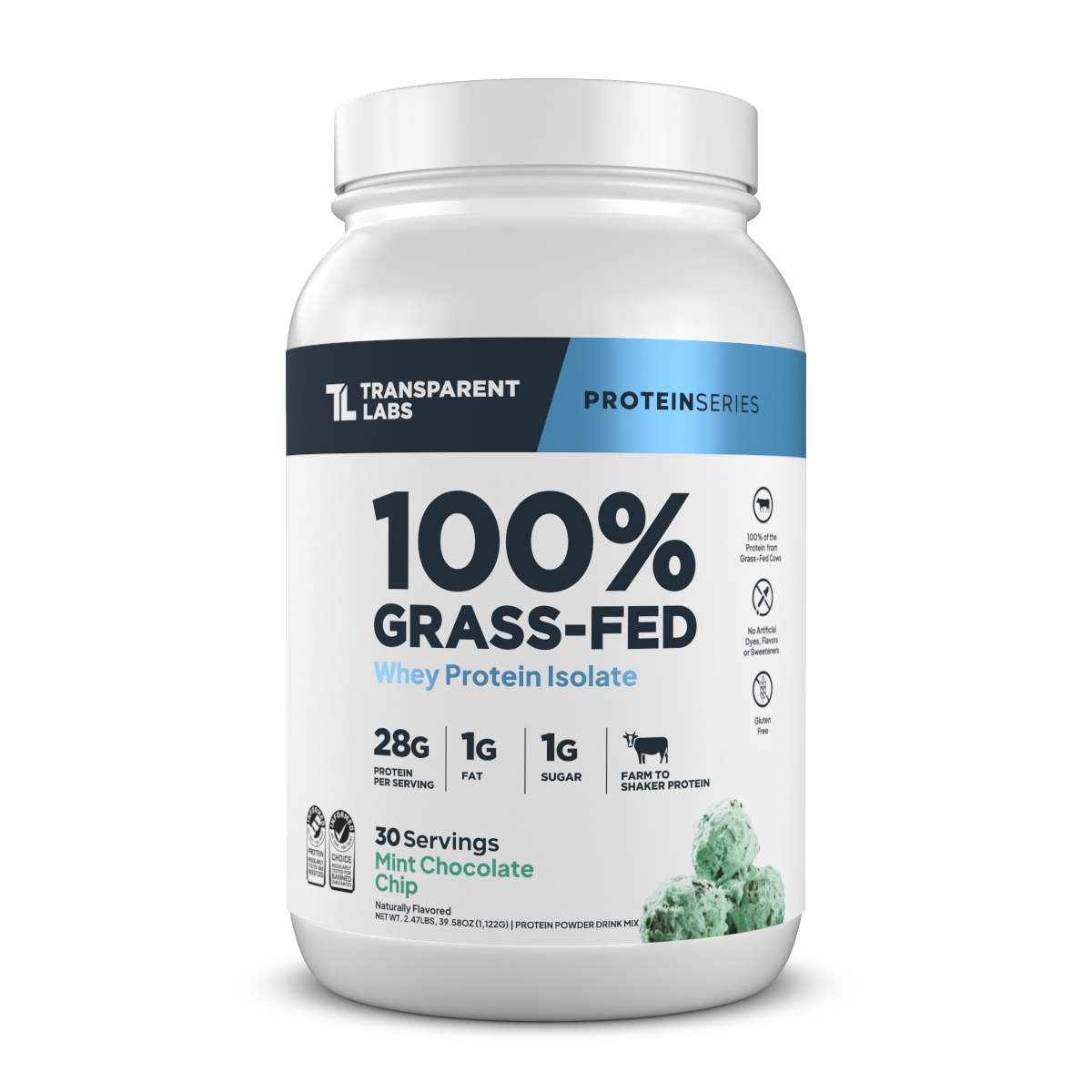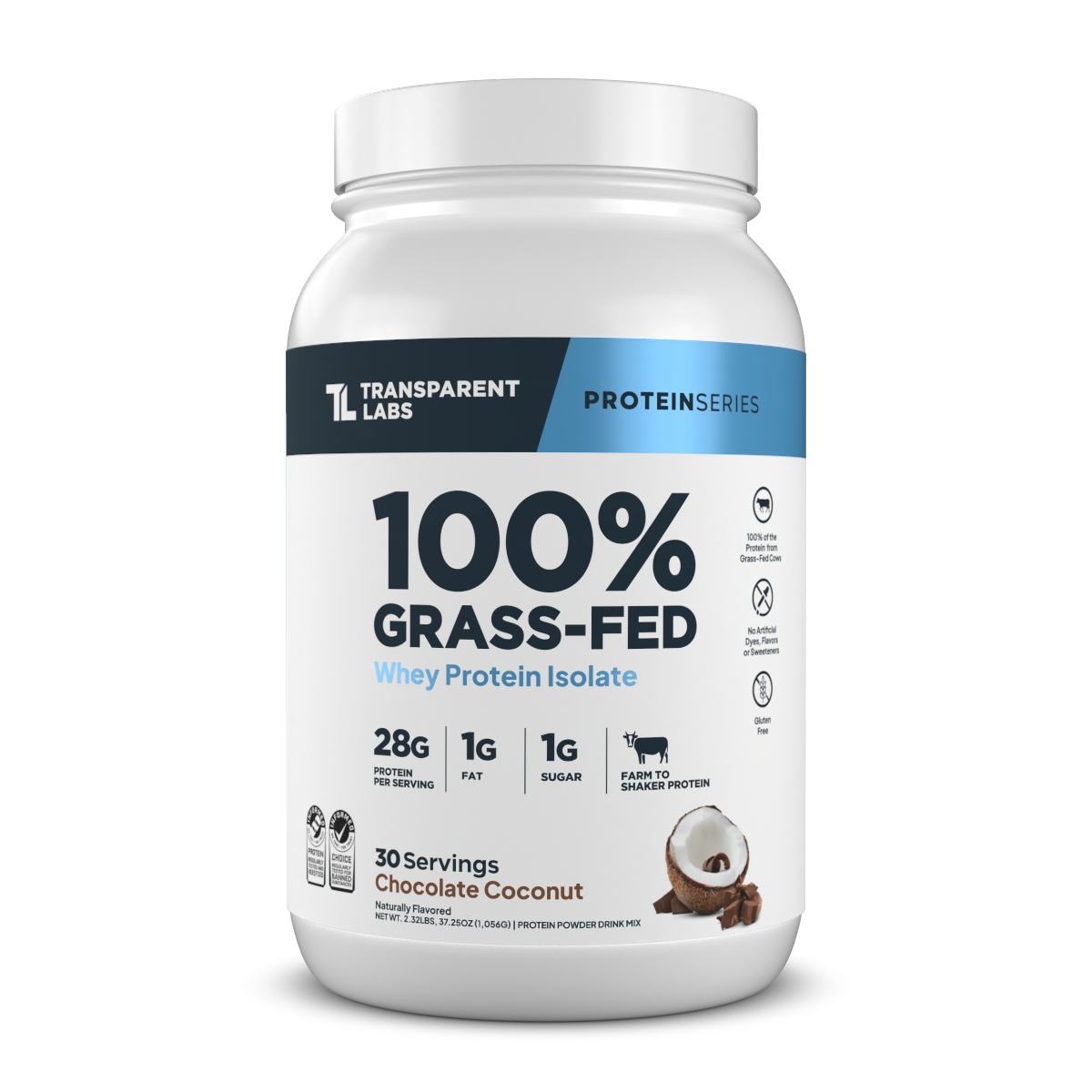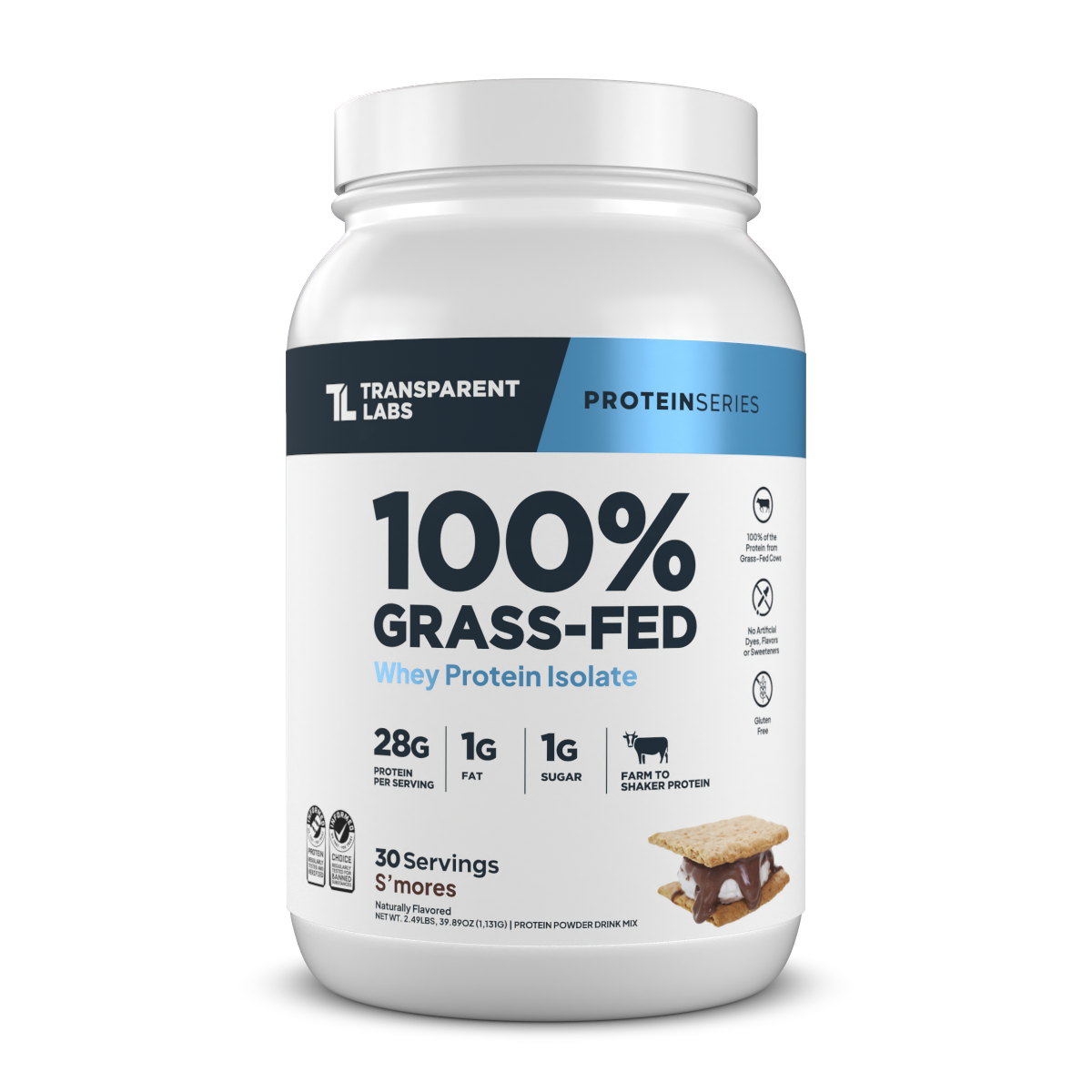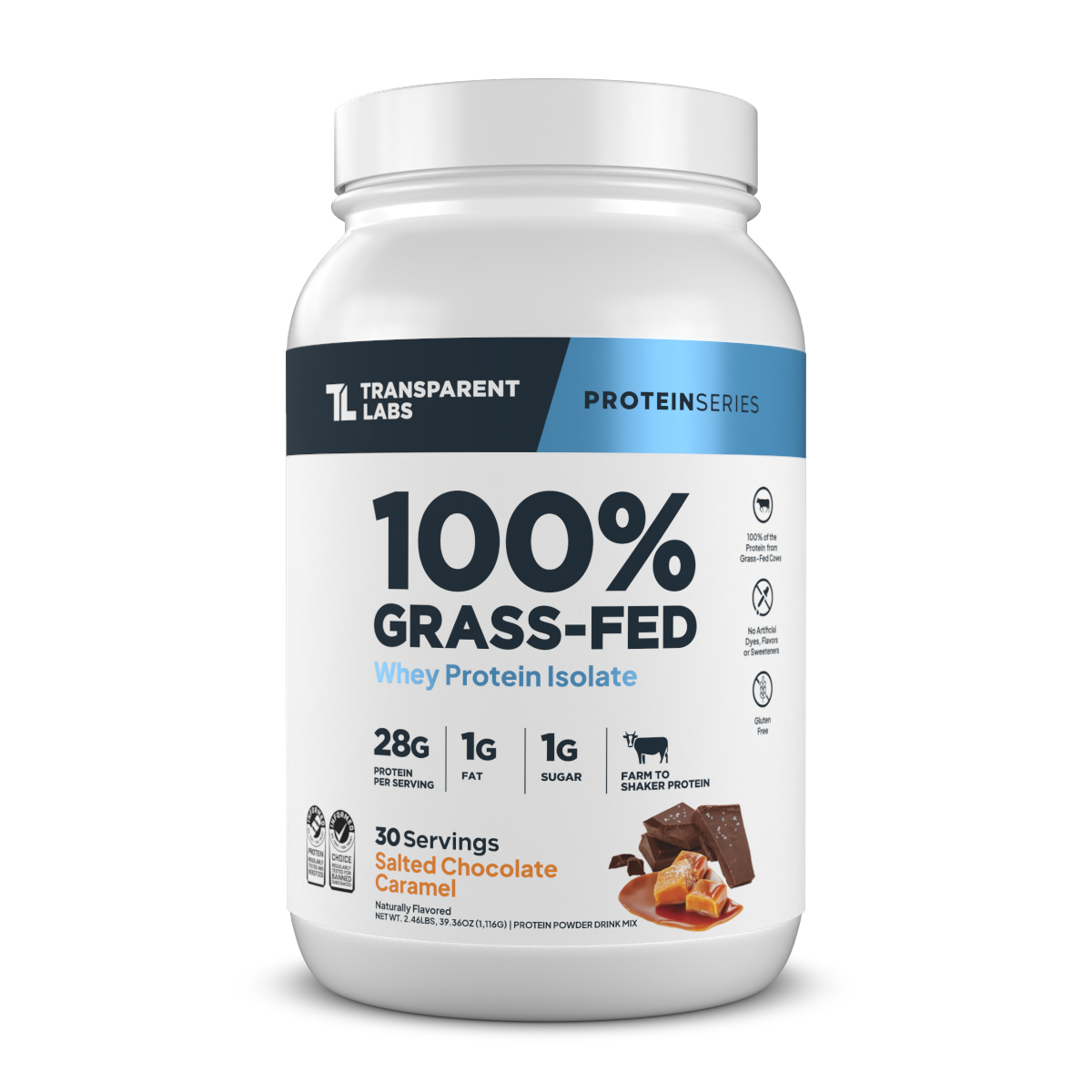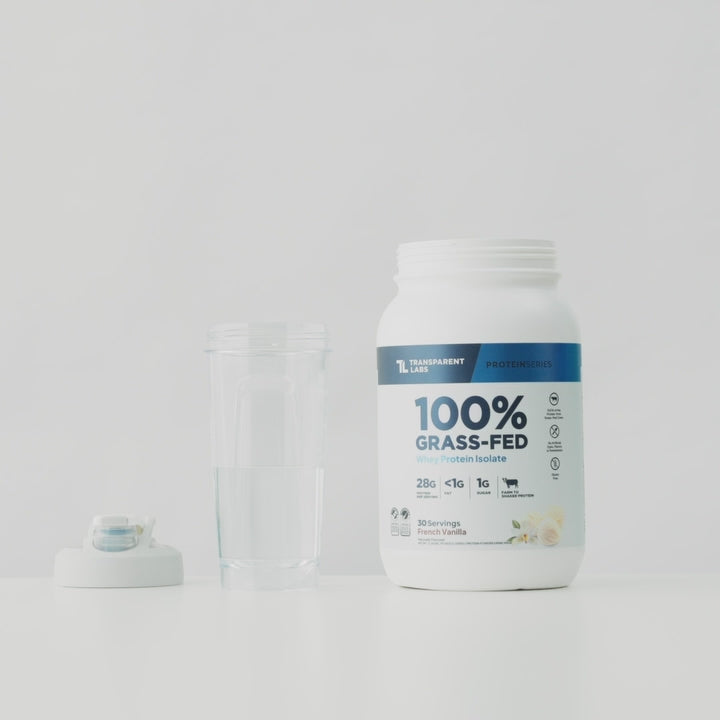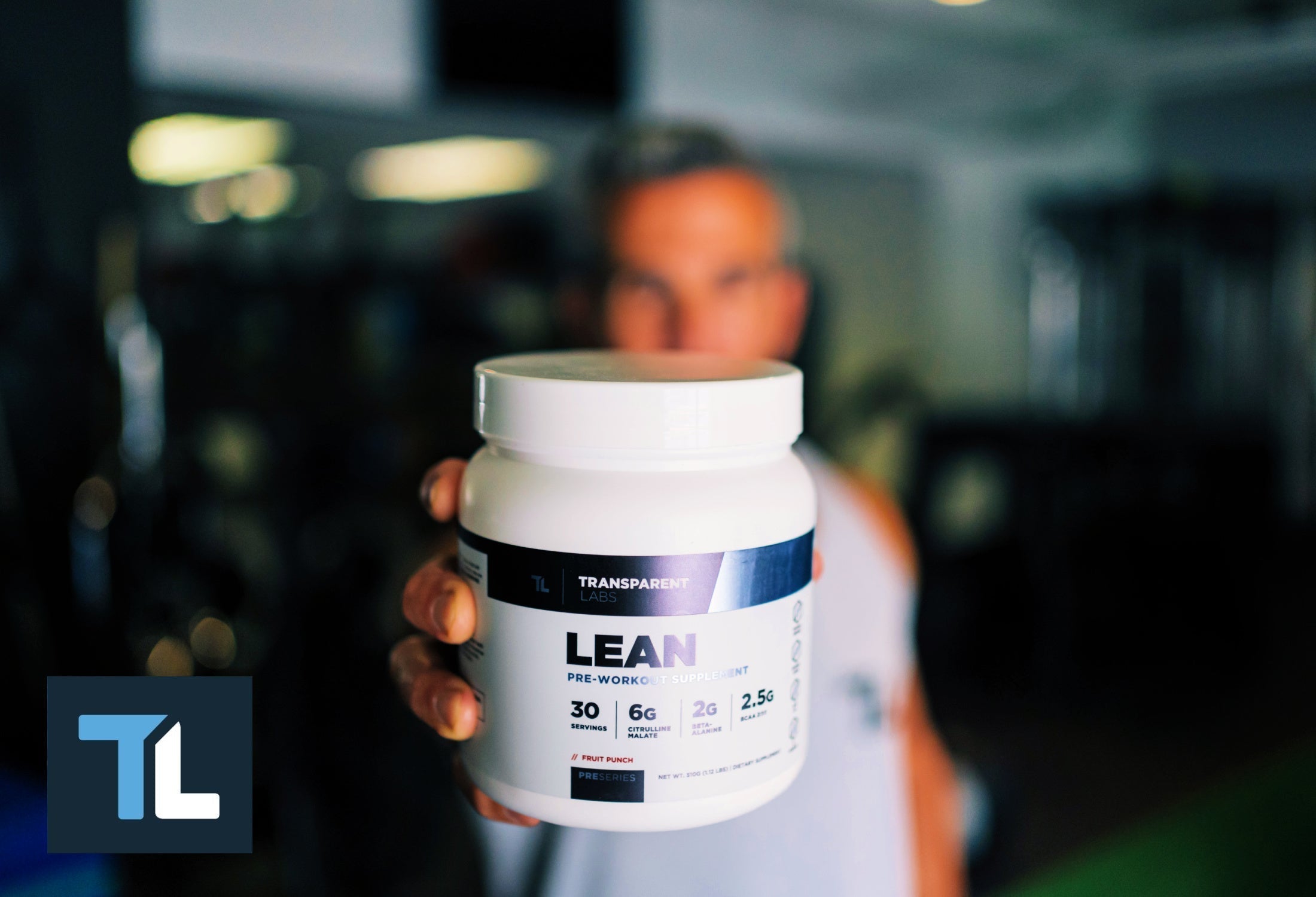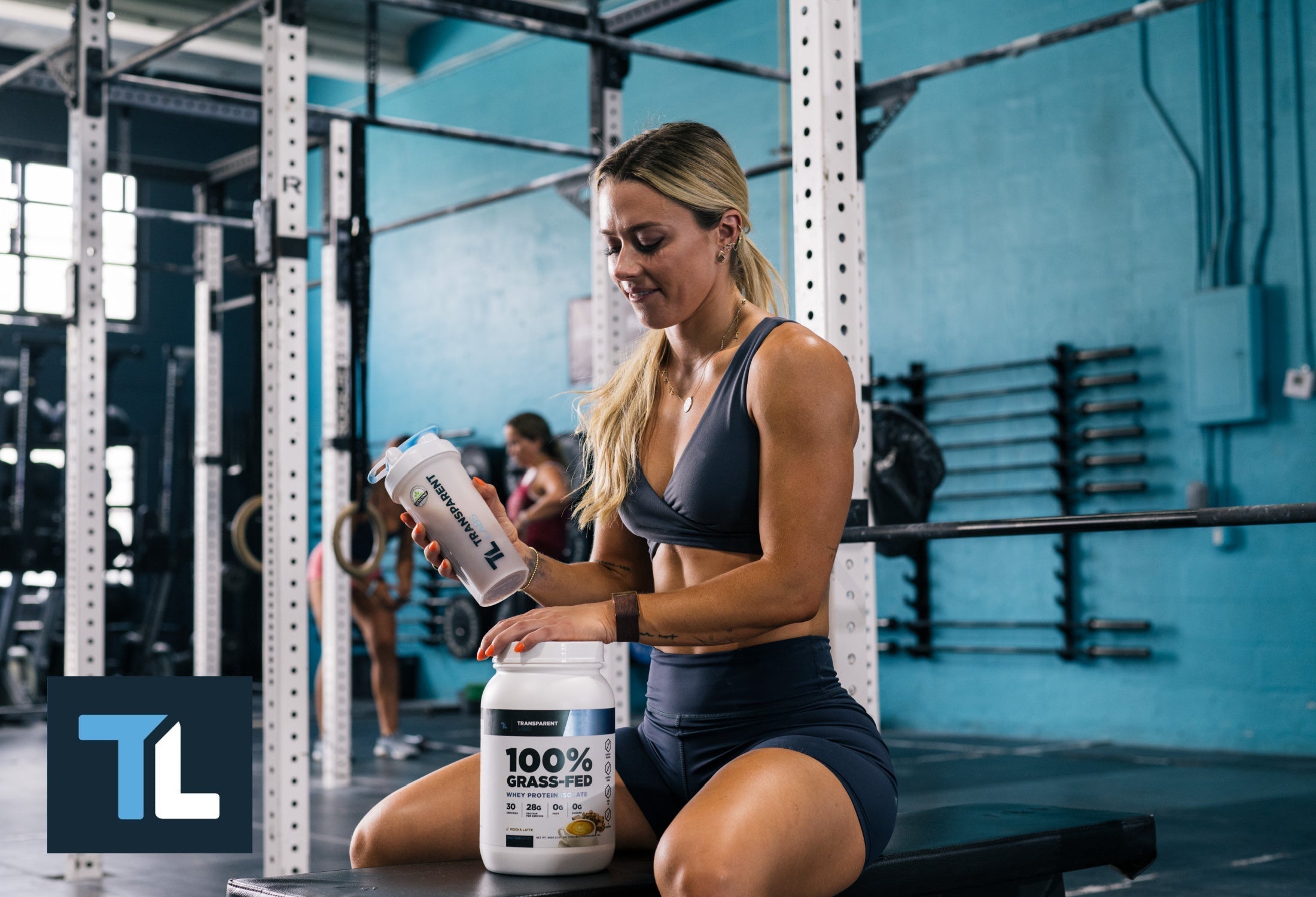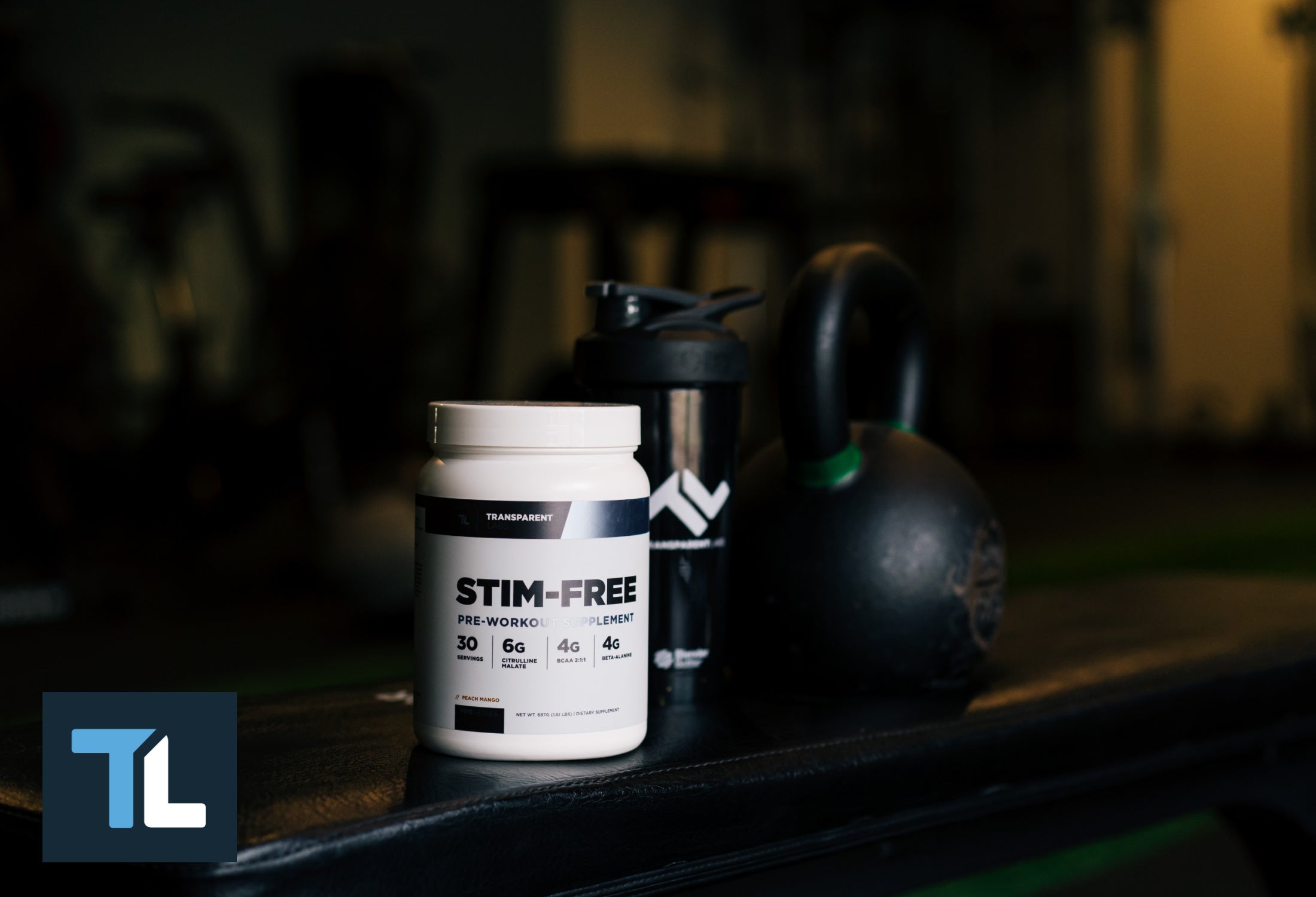Unfortunately, it’s the standard practice of most health-minded consumers of nutritional supplements to examine the label of a protein powder just long enough to determine whether or not it’s the right type of protein, if it has an adequate number of protein grams per serving, and if the flavor suits their personal taste. As long as those three preferences are in alignment, many people seldom pay the slightest regard to anything else.
This is tragic, because a dozen different protein powders could still vary considerably with respect to their quality even if their protein types, serving sizes, and flavors were all identical. This is because the real indication of a protein powder’s purity — or “cleanliness” — is found elsewhere on the label, and you need to know where to look for it, or you’re likely to find yourself drinking a protein shake of much lower nutrient quality than you otherwise could.
Thankfully, hope is not lost. Just use this handy guide to examine the label of every protein powder you encounter in the wild, or on the internet, and you’ll soon have no difficulty whatsoever identifying which supplements qualify as clean protein powders, and which are best left sitting on the health food aisle’s shelves.
Why Clean Labels Matter in Protein Powders
One of the best comparison points for protein powders can be found in the world of generic medications. In the medicine aisle of every pharmacy, there’s a name-brand medication, and then there’s a generic equivalent, and if you study the ingredient lists of both, you’ll find that they have the same quantity of active ingredients.
You might think that this is all that matters, but the key difference between name-brand medications and their generic equivalents has to do with the quantity and functionality of their inactive ingredients. In essence, the accompanying ingredients in the formula aren’t the priority on the packaging, but they can make a massive difference in how the consumer experiences the medicine. Even more importantly, the interplay between active and inactive ingredients can actually play a role in how effective the medicine ultimately is.
With protein powders, the situation is similar, because many protein powders are loaded with fillers, dyes, and sweeteners — the inactive ingredients in this equation — that can do unnecessary harm to the customer. What’s more, because these ingredients are bit players that fade into the background, no one would ever suspect that they might be the cause of health problems that emerge later on.
It’s for this reason that clean labels on supplements are important, and especially when it comes to protein powders. This isn’t just about the number of ingredients on the label, even though those are immensely important, because fewer ingredients dramatically lowers the likelihood of digestive issues and other side effects. Rather, it’s also about the ingredients that you can’t see, and which might find their way into the protein powder and cause you unanticipated harm over time.
What to Look for In a Clean Protein Powder Label
One of the best ways to illustrate exactly what a clean protein powder label is supposed to look like is to examine one directly. That way, you can easily decipher which features elevate a protein powder to “clean” status, and also learn exactly where to look in order to quickly make that judgement.
High protein content
In order for a protein powder to do its basic job and initiate muscle protein synthesis, it should ideally have servings that are in the range of the maximum amount of protein that the average human body can efficiently process from a single meal for anabolic purposes. For most people, that figure is between 25 to 40 grams of protein per meal, based on a model of 0.4 grams per kilogram of lean body weight per meal. (1) This makes any serving size of at least 25 grams ideal for a supplemental protein source, whether it’s a powder or a bar.
Low carbs
One of the points behind a whey protein isolate, is to “isolate” the protein from the fat, carbs, and dairy elements, pun very much intended. Clearly, this means that you would expect your clean protein powder to have a very low level of carbohydrates, since that isn’t supposed to be the main attraction of the supplement. Ideally, your protein powder would have less than two grams of carbohydrates.
No added sugars
Part and parcel to having very few carbohydrates, the primary carbohydrate you want your protein powder to be low on is sugar. In a perfect world, your protein supplement would add no further sugar to your diet, displaying zero grams in the sugar column, and ensuring that your body is getting a nearly pure protein source without any empty calories.
Minimal total fat
Again, when the objective is to prioritize one macronutrient to the exclusion of the other two, you would expect a clean protein powder to have very low fat content, especially if it’s a whey protein isolate. Much like the carbohydrate figure, you should be looking for less than two grams of fat in your protein powder.
Short ingredient list
The more ingredients a supplement contains, the more likely you are to stumble upon an ingredient that you can’t pronounce, and which probably doesn’t belong there under any rational circumstances. If an ingredient has a long name that sounds like something that your high school chemistry teacher would have asked you to preserve an insect’s body with, you should question why it’s in your supplement, and why you would volunteer to put it inside of your body.
No artificial sweeteners
As useful as they are at helping you avoid unnecessary calories while still experiencing the joys of sweetness, artificial sweeteners appear to impose a cost on your body in exchange for asking your body to overlook them. This includes potentially contributing to cardiovascular disease and cerebrovascular disease, while altering the gut microbiome, and potentially exacerbating depressive symptoms as well. (2) (3) In particular, if your protein powder includes artificial sweeteners like sucralose, aspartame, and acesulfame potassium, it is best left on the shelf.
Transparency about flavoring
If your protein powder tastes like chocolate, vanilla, or peanut butter, you would expect to see ingredients like cocoa powder, vanilla extract, and peanut butter on the ingredients list. Therefore, if these ostensibly obvious ingredients are absent, and you see artificial flavors instead, it’s clear that the flavors you enjoy are being created by a chemical alternative to the real thing. This also means an extra level of processing is being applied to your food that isn’t doing you any health favors.
Since a number of sources have associated artificial flavors and other food additives with mental health disorders, attention deficit hyperactivity disorder, cardiovascular disease and “potential carcinogenic effects,” these are definitely chemical alternatives that you are advised to avoid. (3)
Sodium and cholesterol in reasonable amounts
Some of the most common sets of health problems are caused by the chronic consumption of foods that are high in sodium and cholesterol. The list of issues caused by these two common inclusions in food include high blood pressure, heart disease, cardiovascular disease, and strokes. Eating heaping helpings of protein powder loaded with sodium and cholesterol can send you on a path to physical ruin right when you think you’re doing your body the greatest good.

Ingredients to be Cautious Of
Now that you know what a clean protein powder label would look like in an ideal scenario, here is a list of some of the ingredients that you should be especially wary of, and which may eventually transform your experience with supplements from good to bad if you expose your body to them in large enough doses over a sustained period of time.
✖️ Proprietary blends
The problem with a “proprietary blend” is that you never know what is lurking beneath this mysterious term. If an ingredient contained within a supplement is legal, beneficial, and non-controversial, the company that manufactures it shouldn’t be reluctant to tell you what it is.
✖️ Artificial sweeteners or flavors
Artificial sweeteners and flavors are lab-made chemicals that take the place of things that are natural, and that your body is prepared to process with little effort. It’s difficult to classify something as a healthy food when it contains something that requires a government act to have it legally declared as food, which is why it has no business inside of a “clean” protein supplement.
✖️ Gums, fillers, or unnecessary thickeners
When you see additives in your protein powder that are intended as chemicals to enhance the texture, that should be an instant red flag. Yes, some protein powders may have a more appealing texture than others, but adding unnecessary ingredients to your protein powder simply for the sake of textural enhancement can inundate your digestive system with more complicated and unnecessary substances than it needs.
✖️ Unexplained “protein blends” or confusing terms
When you see a non-specific protein blend on the label of your protein powder, you should probably find another protein powder. Part of the problem is that you can’t be entirely sure what you’re getting; you may be allergic to something in the blend, and its contents may also be untraceable to a specific source. If a protein blend or some other item isn’t clear about what’s inside of it, you should definitely be wary about drinking it.
Bonus: Look for Third-Party Testing or Certificates
While everything listed above is helpful, supplement-makers can make your life a whole lot easier for you if they’re willing to simply submit their products for third-party testing.
Granted, that’s not going to elevate a protein powder made with artificial sweeteners, artificial flavors, and huge quantities of sodium and cholesterol to “clean” status. What it will do is provide you with the assurance that there are no heavy metals or other unambiguously harmful contaminants contained within the protein powder, while also verifying the types and quantities of all the ingredients contained within it.
Some brands, like those in the Transparent Labs ProteinSeries, publish third-party lab results for every batch. That way, there’s no mystery of ambiguity about what’s inside of the container, and what the consumer can expect from the product.
Frankly, this is an atypical practice in the supplement industry that should be a basic expectation. After all, if nutrition supplements actually contain what they’re advertised to possess, then manufacturers should have no qualms about proving their claims to customers.
Ingredient Transparency in Action
Once again, the easiest way to identify a protein powder label that abides by the standards of cleanliness described above is to actually present you with one.
Easy-to-understand macros
As you can plainly see, the per-scoop totals of protein, fats, and carbohydrates are clearly laid out. This means there’s no confusion about what’s going into your body, and the low sugar count gels neatly with the low carbohydrate content.
Clear serving size
There’s no mistaking that the serving size of this clean protein powder is one scoop, and both the nutrition facts and the call-out on the label plainly indicate how much protein you will be receiving in each scoop: 28 grams.
3rd-party tested and available to view
Not only does the label of this clean protein powder proclaim that its contents have been 3rd-party tested by an independent lab, but if you take the time to visit the company’s website, you’ll see that the actual lab results have been posted directly for public consumption. In short, they’re willing to put their money where their mouth is in an effort to convince you to put their protein where your stomach is.
Clean and Lean
Once you take the full range of data surrounding the labeling of clean protein into consideration, a few features of what makes a protein clean come into focus. First of all, the cleanliness of a clean protein powder will be very evident on its label due to the minimalist approach in selecting ingredients, creating what is essentially a clean and lean ingredient list. The quality of ingredient sourcing will also be obvious, and you should expect to see an open invitation to further investigate the quality of the protein.
The funny thing is, if you’re dealing with a truly honest supplement maker, you won’t need to expend any extra effort in the exploration of these claims. That’s because the label of “clean protein powder” is a badge of honor, and companies with products worthy of that lofty title will happily share their test results with you.
Sources
-
Schoenfeld BJ, Aragon AA. How much protein can the body use in a single meal for muscle-building? Implications for daily protein distribution. J Int Soc Sports Nutr. 2018 Feb 27;15:10. doi: 10.1186/s12970-018-0215-1. PMID: 29497353; PMCID: PMC5828430.
-
Conz A, Salmona M, Diomede L. Effect of Non-Nutritive Sweeteners on the Gut Microbiota. Nutrients. 2023 Apr 13;15(8):1869. doi: 10.3390/nu15081869. PMID: 37111090; PMCID: PMC10144565.
-
Warner JO. Artificial food additives: hazardous to long-term health? Arch Dis Child. 2024 Oct 18;109(11):882-885. doi: 10.1136/archdischild-2023-326565. PMID: 38423749.

